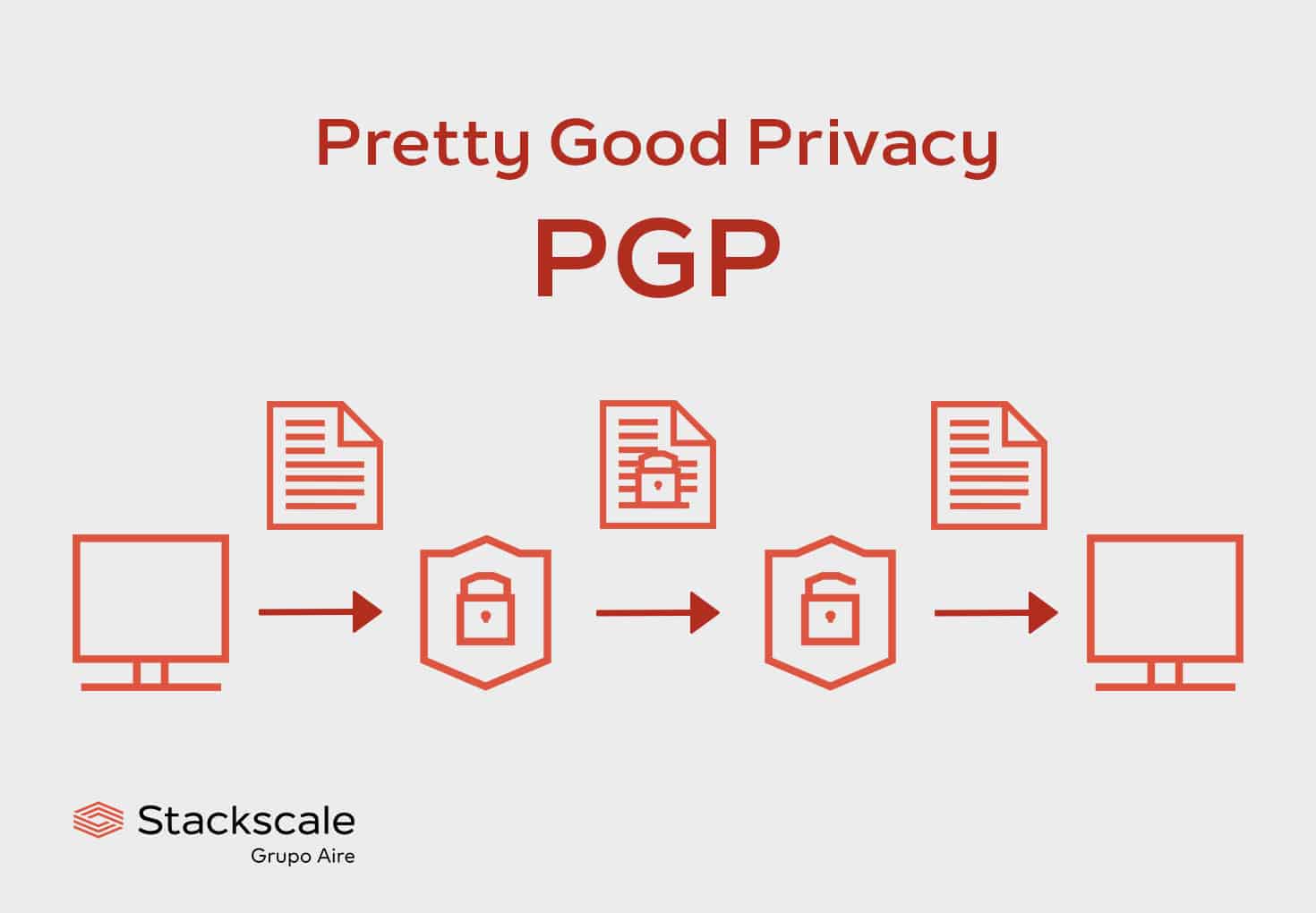PGP vs S/MIME: Which One Should You Use?
When it comes to email encryption, PGP and S/MIME are two dominant standards. But which one is right for you? Let's explore the differences, use cases, and how to choose the best solution for your email security needs.
🔐 What is PGP?
PGP (Pretty Good Privacy) is a decentralized encryption protocol that gives users complete control over their public and private keys. It's widely used by developers, journalists, and privacy advocates.
- Open-source and user-managed
- Popular in communities that value privacy
- Steeper learning curve, but highly flexible

Image credit: stackscale.com
🔒 What is S/MIME?
S/MIME (Secure/Multipurpose Internet Mail Extensions) is a certificate-based encryption protocol supported natively by major email providers like Outlook, Apple Mail, and Gmail (via extensions).
- Relies on trusted certificate authorities (CAs)
- Built into most enterprise email clients
- Simple to use, but less flexible

Image credit: stackscale.com
⚖️ Comparison Table
| Feature | PGP | S/MIME |
|---|---|---|
| Key Management | User-controlled | CA-controlled |
| Ease of Use | Moderate | Easy |
| Compatibility | Works via add-ons | Natively supported in many clients |
| Trust Model | Web of trust | Hierarchical trust |
🧠 Which One Should You Use?
If you're an individual who values complete privacy and control, PGP might be the better fit. If you're part of an organization or prefer plug-and-play security, S/MIME may serve you better. There's no one-size-fits-all—the best solution depends on your use case and technical comfort level.
"Encryption is not a luxury—it's a necessity in the digital age."← Back to all articles